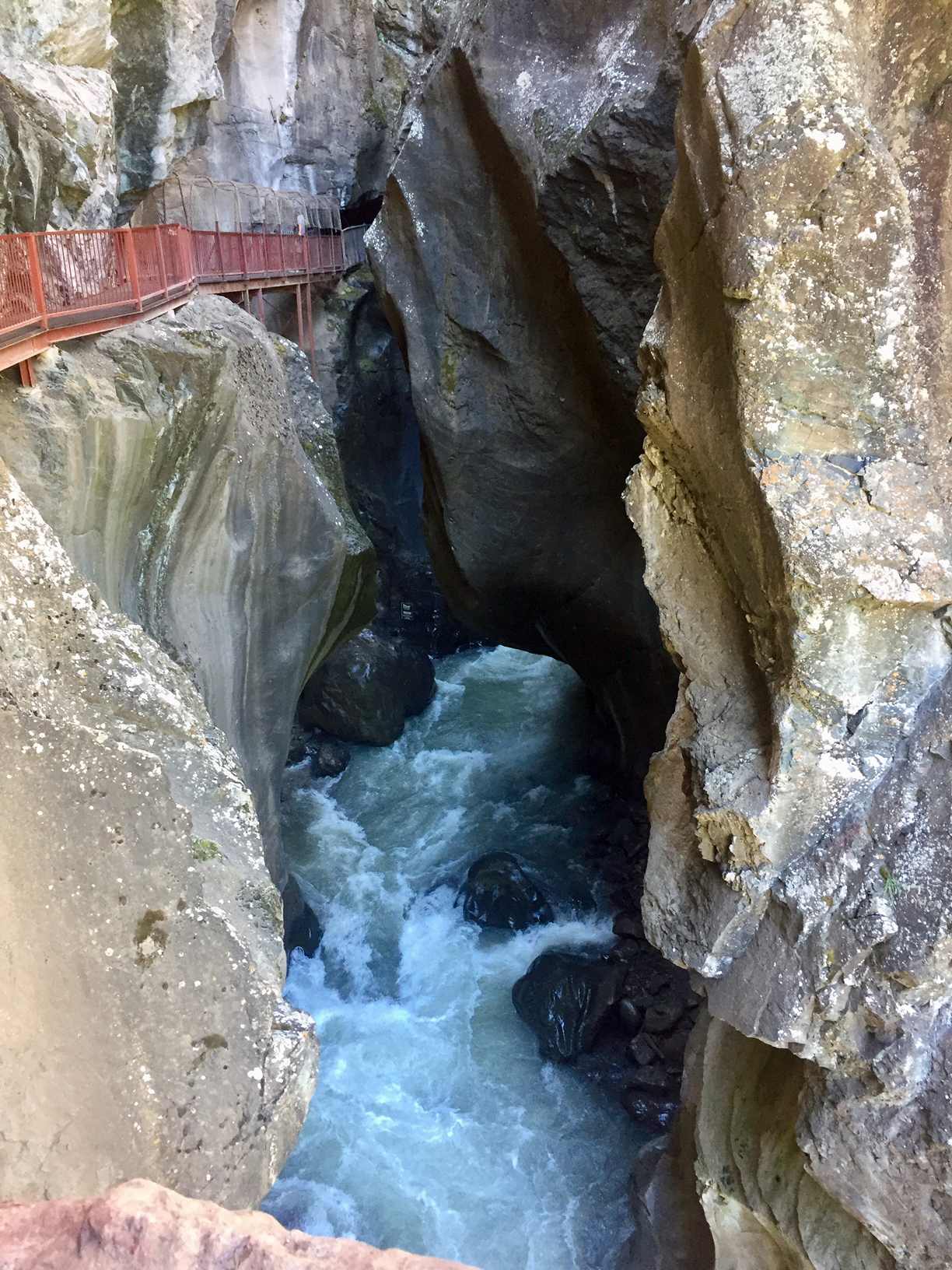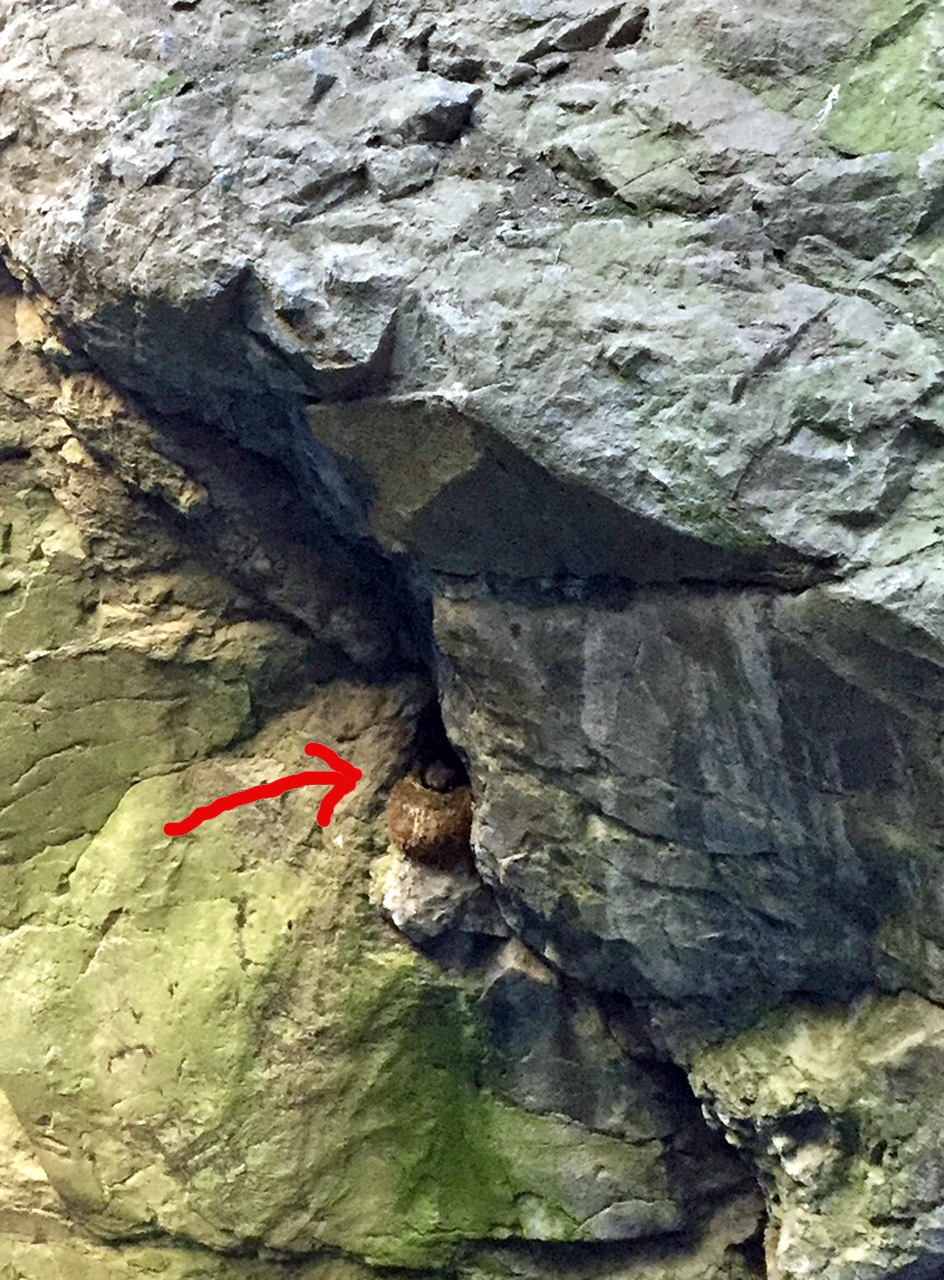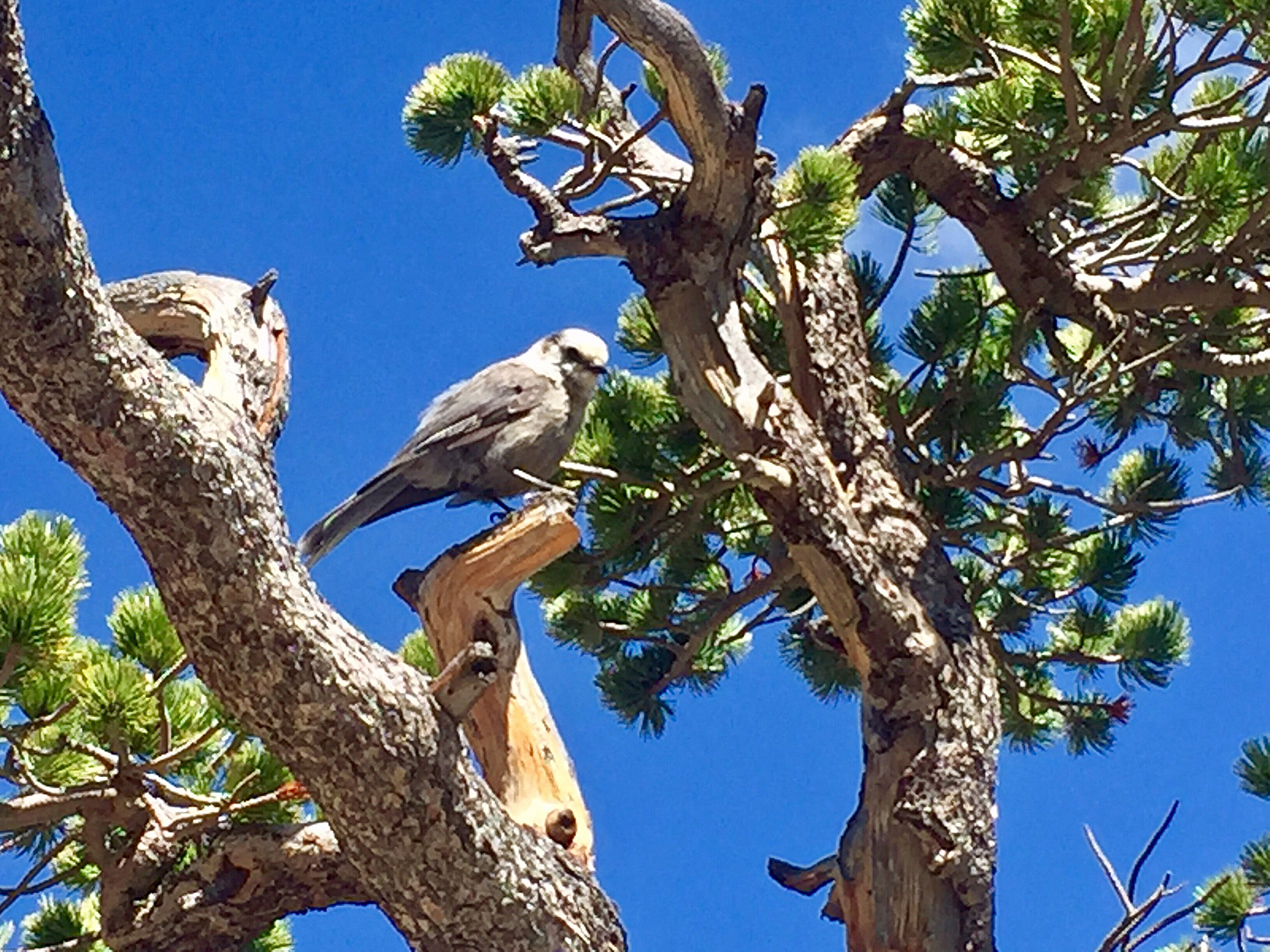Utah County Birders Newsletter
|
 |
Contents
July Meeting
Upcoming Field Trips
Captain's Log
Bird of the Month
Field Trip Report
Important
News from the AOU
No meeting in July. See field trip info below.
Saturday, July 8: Elberta Slant Road
7am-noon or so
Suzi Holt will lead a trip to Elberta Slant Road
and the surrounding area to look for local target species such as Gray Vireo and
Black-throated Sparrow. Meet at the northeast corner of the Payson Wal-Mart at
7am to carpool.
Saturday, July 15th: Higher Elevation Species Trip
6am-afternoon.
Keeli Marvel will lead a trip up the Mirror Lake
Hwy in search of higher elevation species such as Clark's Nutcracker, Red
Crossbills, Pine Grosbeaks, and Gray Jays. Meet at the parking lot at the mouth
of Provo Canyon to carpool. All vehicles will need a pass to park along the
Mirror Lake Hwy, so bring $6 cash, or your American the Beautiful (Natl. Park)
Pass. Bring a lunch, sunscreen, and bug spray.
Date to Be Determined: Owling Field Trip
Dennis Shirley has offered to lead an owling trip on a week night later this
month. Stay tuned for more details. Date and time will be announced via the Utah
Birds hotline and will be posted on the UCB Facebook page.
We are actively recruiting people to lead local half-day field
trips, any time, any place. If you would like to lead a field trip or if you
have any ideas for this yearís field trips, please contact Keeli at -
keeli.marvel@gmail.com
Utah County Birders
Captainís Log: July
2017
by Keeli Marvel
Slow and steadyÖthatís the pace at which I have been acquiring lifers as of
late. I just got back from an awesome trip over the Rocky Mountains. My husband
and I spent an evening visiting with family in the Montrose area. We got to see
his grandma, a cute spry little 94 year old who loves hummingbirds and still
volunteers at the local hospital. She will forever be one of my heroes and I
hope Iím as cool as her when Iím 94.

Box Canyon Falls, Colorado
On our way out of town we drove up to the mountain town of Ouray to see
something special Ė nesting Black Swifts. Box Canyon Falls Park is at the south
end of town and for a $4 entry fee features a short (~500 feet) trail that ends
in a slot canyon complete with a waterfall that comes right out of the side of
the mountain. A short walk along a metal walkway takes you up to the base of the
waterfall where Black Swifts nests along the walls. I got my lifer Black Swift
nesting within feet of the walkway. The park has great educational displays that
talk about the uniqueness of the Black Swiftís presence and caution against
using flash photography for the safety of the nesting birds. While looking for
the nesting swifts, I also spotted a nesting American Dipper at the mouth of the
slot canyon bringing food in to its nest in a damp crevice near the edge of the
river. At the start of the trail there are both seed and nectar bird feeders
where I saw Pine Siskin, Broad-tailed Hummingbirds, White-breasted Nuthatch, and
a pesky family of chipmunks. A steeper 0.25 mi trail takes you up to a bridge
over the top of the canyon. Up there I observed White-throated Swifts, Tree
Swallows, Turkey Vulture, and Broad-tailed Hummingbirds, among other species.
The visitor center also maintains a list of recently observed birds for birders
to compare their lists to.

Black Swift and Nest at Box Canyon, Colorado
We took the scenic route from there back through Montrose over Hwy 50 and
Monarch Pass, topping out above ~11,000 ft. elevation, down through the town of
South Park to spend a few days with my family on the Denver side of the Rockies.
On Saturday my cousin and I got up early and drove up to Rocky Mountain National
Park. We anticipated the huge crowds and arrived just in time before 8am to nab
a parking spot in the Bear Lake parking lot. There are a number of trails you
can jump on from there, and we chose the one up past Alberta Falls to Loch Vale
for a round trip mileage of 6 miles. On the trail up I saw a flock of Red
Crossbills foraging through the tops of the conifers, and I heard Hermit
Thrushes and Ruby-crowned Kinglets singings in the trees. At one overlook we
stopped for a breather and a Broad-tailed Hummingbird buzzed my red shirt,
probably hoping for a snack. At certain spots along the trail the wildflowers
were blooming in force. We hit snow on the trail at Loch Vale, so we quit hiking
there and had a snack while enjoying the view of the lake and the rugged
snow-covered peaks of the Rocky Mountains. While taking our break, a pair of
Gray Jays landed in the tree right above us, and a Fox Sparrow was singing from
the willows along the outflow of Loch Lake. By starting early, we managed to
avoid most of the crowd on our hike up; however, the tourists were out in force
on our return hike. A word of warning if you visit the park Ė the starting
elevation at the trailhead was around 9,450 feet, topping out around 10,100 feet
at Loch Vale, and you can definitely feel it when you hike.


Loch Vale, Colorado
Gray Jay near Loch Vale, Colorado
Our last day there my uncle and I took off first thing in the morning and drove
down to Rocky Mountain Arsenal National Wildlife Refuge on the Northeast end of
Denver. The refuge is a great place to see free-roaming bison and has a variety
of habitat including grasslands, ponds, and has a wide variety of species. Itís
also the western range limit for a few grassland species including Lark Bunting,
which was our target bird and lifer #2 of the trip for me. We saw several House
Wren buzzing in and out of nest holes in the copses of trees that were
interspersed around the ponds, and flocks of Red-winged Blackbirds and Common
Grackles cruised around the trees. Blue Grosbeaks are also commonly reported on
the refuge; however, we missed them likely because the majority of our time was
spent in the grassland areas. In addition to the Lark Buntings we also saw (but
mostly heard) several Grasshopper Sparrows along the roads north of the
visitorís center.
Other species that would have been lifers on my trip were Ptarmigan and
Brown-capped Rosy Finch, however, both would require a more concentrated effort
in the higher elevations in the Rockies or in Rocky Mountain National Park
specifically to find them. Unfortunately, I didnít have the time this trip, but
maybe next time! For reference, I used eBird to figure out that Box Canyon was
the place to see Black Swifts and that Lark Buntings were being sighted
regularly at Rocky Mountain Arsenal NWR.
Hoping the best and the birdiest to you all! A friend posted a challenge
recently I want to pass along Ė a lot of times we get hung up birding the same
places over and over, so I challenge you to bird somewhere new this month, even
if itís your local park or trail, and to record your sightings in eBird. Letís
get at it!
Happy birding!
Cattle Egret
Bubulcus ibis
by Tom Williams (reprinted from Aug. 2007)
In his book Wild America, Roger Tory Peterson notes that although the Cattle Egret (Bubulcus ibis) had become common in the U.S. by 1954, only a few years earlier he had gone hundreds of miles out of his way to see one on a trip to Africa. The first U.S. record is dated 1941 but by 1953 these small herons, native to Africa and Asia, had begun breeding here. There are now breeding records in almost every state although the birds are most common in the gulf coast states and the southeastern coast states. In Utah, it is a common summer bird.
The Cattle Egret is in one of some 20 genera in the family Ardeidae, which includes bitterns, egrets, and herons. It is the only species in the genus Bubulcus.
Its name is derived from its practice of following cattle (and sometimes horses or tractors) to forage on insects disturbed by their passage. Indeed these birds may sometimes be seen perched on the back of grazing cattle. According to Birds of North America Online in many places
the ďcommon name is Cow Crane, Cow Heron, or Cow Bird or [the bird] is named for the wild grazing animal with which it usually associates Ė e.g., Elephant Bird, Rhinoceros Egret, or Hippopotamus Egret. . . . Other names involving the word tick, such as Tick Bird refer to the erroneous belief that Cattle Egrets pick attached ticks from grazing animals; most Cattle Egretsí prey, however, are insects disturbed by the cattleís grazing.
At 18 to 22 inches tall and with a wingspan of 35 to 38 inches, the Cattle Egret is one of the smaller U.S. herons. The sexes are similar, with all-white plumage most of the year but with buffy coloring on the head, breast and back when the birds achieve full alternate plumage.
These birds are not difficult to identify but they can be confused with the somewhat larger Snowy Egret. The buffy coloration is a good distinguishing mark but cannot always be relied on since it is present only during the relatively brief period of full alternate plumage. Other clues include habitat and the size, shape, and color of unfeathered portions of the bird.
While the Snowy Egret is mostly commonly found in or near water, the Cattle Egret is more likely to be seen in open habitat such as fields or pastures. The Cattle Egret has a sturdy yellow bill which helps distinguish it from the Snowy Egret with its darker, more slender bill. Also, the legs and feet of the Cattle Egret are uniformly dark, while the Snowy Egret has dark legs with bright yellow feet.
Cattle Egrets are known to nest in large colonies with other Ardeidae, sometimes
using abandoned nests. Thus if you find a large colony of waders, it might be
worth your while to scan the entire colony rather than assuming that it is made
up of a single species.
If you would like to
write an article for the Bird of the Month, please contact
Machelle -
machelle13johnson@yahoo.com
Click here for past 'Birds of the Month'.
Dimple Dell Park and nearby areas, June 24th, 2017
By Steve Van Winkle
On June 24th, three of us, Jeremy, Deloy and I, met for an early morning field
trip, cloudy skies and temperatures hovering in mid 40's-60's, to Dimple Dell
recreation park, the granite quarry and Tanner Flat campground both located in
Little Cottonwood canyon.
We hiked for a pleasant 2 hours at Dimple Dell observing the following 15
species: Spotted Towee, 15; Blackbilled Magpie, 12+; Blue-gray Gnatcatcher, 10;
House Finch, 15; Northern Flicker, 2; American Crow, 5; Lazuli Bunting,1; Song
Sparrow, 6; Black-capped Chickadee, 2; Hummingbird ( sp. ?),female, 2; Turkey
Vulture, 7; Black-headed grosbeak, 2; Woodhouse's Scrub Jay, 15; Say's Phoebe,
1; House Wren, 1;
Jeremy and Deloy hoped to bird Little Cottonwood Canyon so we ventured to the
granite quarry and Tanner Flat campground for a couple of easy walks of roughly
2 hours abreast Little Cottonwood creek. We recorded the following species:
Yellow Warbler (song), 2; Cassin's Finch (song), several; Western Tanager, 1.
By Joshua Kreitzer
New Crossbill species
The American Ornithological Union (AOU), which makes changes to the official American checklists, has accepted a proposal to split the Red Crossbill into two species. The new Cassia Crossbill (pronounced Cash-uh) is found in Cassia County, Idaho. The Red Crossbill visits the same area, so care will be needed to differentiate the two species.
Lumped Gull species
The AOU giveth, and the AOU taketh away. The Thayer's Gull has been lumped with the Iceland Gull as a subspecies. So from now on, Thayer's Gulls will be known as Iceland Gulls.
For more information, see http://blog.aba.org/
, where the American Birding Association gives a full report of the AOU's
changes.
Printable Version of this UCB Newsletter